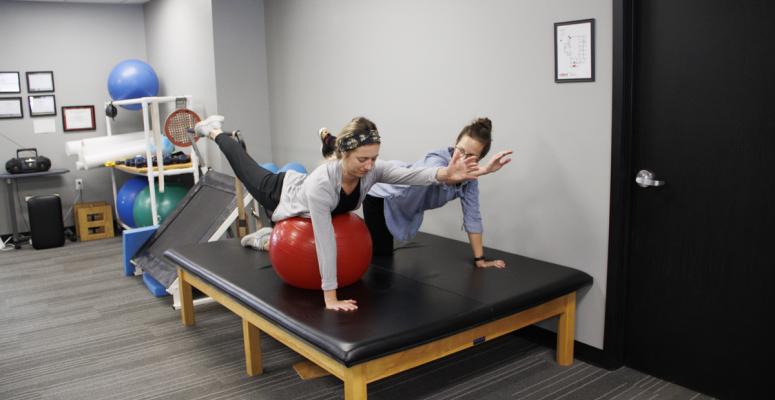

The McKenzie Method of Mechanical Diagnosis and Therapy is an approach to physical therapy that puts the patient in control of their own treatment. Backed by extensive research, this approach emphasizes injury prevention and intervention to help patients find pain relief and enhanced independence.
Developed by physical therapy innovator Robin McKenzie in the 1950s, the McKenzie Method involves comprehensive assessments that allow the clinician to design a personalized treatment plan for each patient. It takes advantage of the body's tendency to repair itself, helping patients recover from injuries and overcome chronic pain without medication or surgery.
This method also emphasizes patient education. If you are treated using the McKenzie Method, your therapist will spend significant time teaching you its principles to help you take charge of your treatment plan.
Conditions We Treat
The McKenzie Method is a reliable process for assessing and treating a range of musculoskeletal conditions, including:
- Neck pain — Whiplash, bone spurs, etc.
- Back pain — Degenerative disc disease, sciatica, spinal stenosis, etc.
- Shoulder pain — Rheumatoid arthritis, rotator cuff tears, etc.
- Hand and wrist pain — Carpal tunnel syndrome, repetitive strain injuries, etc.
- Hip pain — Bursitis, labral tears, hip flexor injuries, etc.
- Knee pain — ACL injuries, torn meniscus, etc.
- Foot and ankle pain — Achilles tendon ruptures, tendinitis, etc.
- Arthritis — All types, including rheumatoid, osteoarthritis, and more
The list above is not exhaustive. The McKenzie Method can also be an effective treatment for numbness or tingling in the hands or feet. If you’re wondering whether this might be an effective treatment for your condition, you should contact an Alliance physical therapy clinic in your area to schedule a consultation.
What to Expect During Treatment
The McKenzie Method has four steps: assessment, classification, treatment and prevention. Let’s walk through each step:
Assessment — Your physical therapy will ask you questions about your medical history and symptoms then conduct a physical examination to determine what’s causing your pain. This will help them to gauge the severity of your symptoms and identify any red flags that may prevent you from participating in certain treatment exercises (e.g., fractures, tumors, infections).
Classification — The McKenzie Method classifies all patients into one of three categories: postural syndrome, dysfunction syndrome or derangement syndrome. Your classification will help your specialist determine their treatment recommendations.
Treatment — Depending on your classification, your physical therapist will recommend various exercises to help you correct your posture or remodel your soft tissue. The treatment stage can take several months, although many patients report a decrease in pain within a few weeks of treatment or less.
Prevention — In addition to treating your existing pain, your physical therapist will coach you in ways to avoid future pain. By adjusting your posture and movement habits in your daily life, you can avoid reinjuring your body parts or subjecting them to repetitive stress.
If you want to learn more about the McKenzie Method of Mechanical Diagnosis and Therapy or want to schedule an appointment, contact an Alliance physical therapy clinic near you today.
